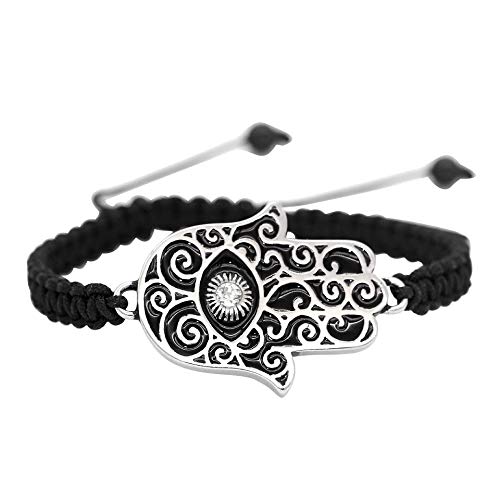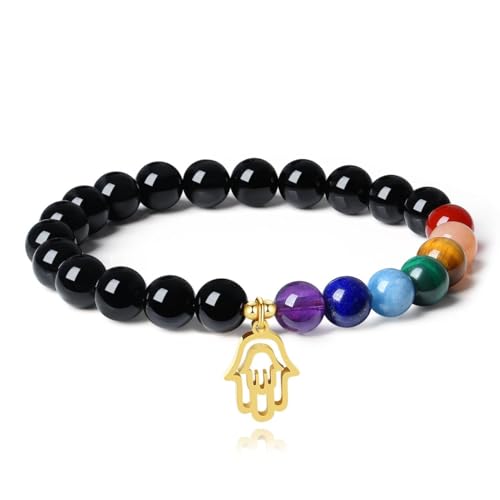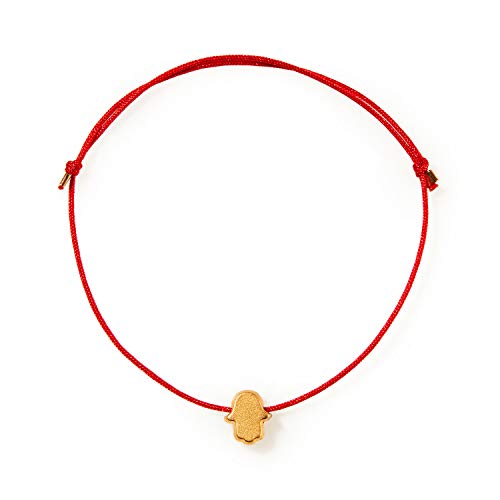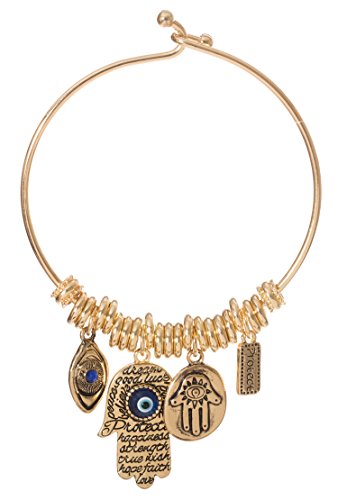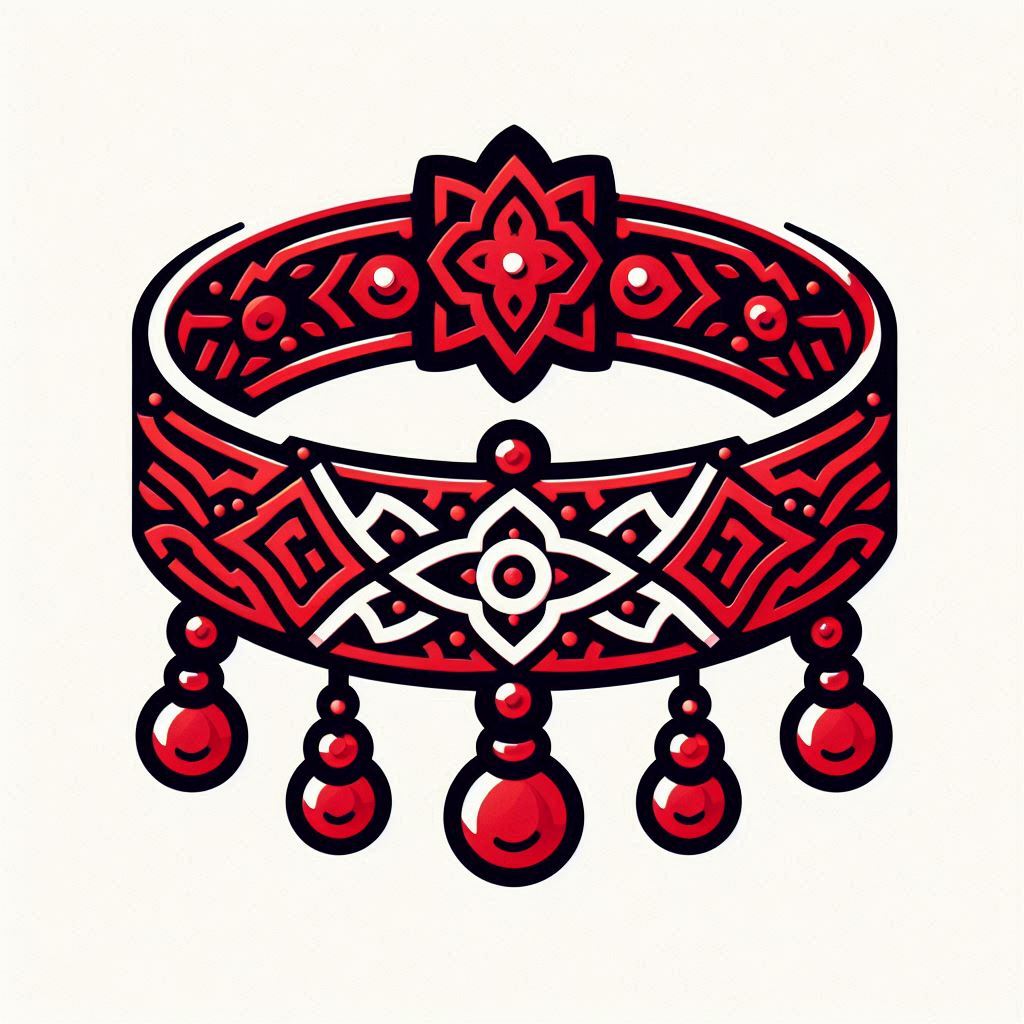Berber women have been creating intricate metalwork for centuries, often using silver, which is believed to possess protective qualities. These handmade silver bracelets often feature detailed engravings and bold designs that reflect the natural environment, such as leaves or other motifs inspired by Moroccan landscapes. Each piece tells a story, representing the wearer's ancestry and their connection to the land.
As Morocco evolved through conquests and trade, influences from different cultures began to shape bracelet designs. The incorporation of colorful beads, stones, and intricate filigree techniques became prevalent. This fusion of styles resulted in unique bracelets that not only showcase the artistry of Moroccan craftsmen but also highlight the diverse cultural tapestry of the region. The popularity of these designs can be seen at local markets, where visitors are often drawn to the stunning variety and craftsmanship on display.
In modern times, traditional Moroccan bracelets have gained international recognition, merging age-old techniques with contemporary designs. Many artisans are now combining traditional elements with modern aesthetics, creating pieces that appeal to a global audience. These bracelets serve as a bridge connecting the past with the present, allowing people to carry a part of Moroccan history with them wherever they go.
Common Materials Used in Bracelets
When exploring traditional Moroccan bracelet designs, you'll find a rich variety of materials that artisans have used for generations. Each material not only contributes to the beauty of the bracelet but also holds cultural significance.
One of the most common materials is silver,
often hand-crafted into exquisite patterns and shapes. Silver is favored not only for its stunning appearance but also for its durability, making it a popular choice for everyday wear.
Another popular material is leather,
which adds a rustic charm to Moroccan bracelets. Leather bands can be intricately braided or adorned with metal accents, creating a striking contrast between softness and shine. These leather bracelets are often comfortable to wear, making them a favorite among those who appreciate both style and practicality.
Beads made from glass, stone, or clay are also frequently incorporated into Moroccan bracelet designs.
These colorful beads are often vibrantly painted or delicately carved, allowing for a wide range of designs that can be customized to fit individual tastes. The use of beads not only enhances the visual appeal but also adds a layer of meaning, as certain colors and patterns often represent specific symbols or sentiments.
Lastly, you might encounter traditional bracelets that incorporate natural materials like wood or bone.
These bracelets exhibit a unique craftsmanship that celebrates the beauty of raw, organic materials. The textures and tones of these materials can evoke a sense of nature and tradition, making each piece a story in itself. Together, these diverse materials contribute to the enchanting world of traditional Moroccan bracelet designs, reflecting the culture and artistry of Morocco.
Popular Styles and Patterns
When diving into the world of traditional Moroccan bracelet designs, it's fascinating to discover the variety of styles and patterns that reflect the rich cultural heritage of the region. Each design tells a story, often inspired by the Berber tribes, which have a profound influence on Moroccan jewelry. The intricate motifs and symbols often carry deep meanings, contributing to the bracelet’s uniqueness and charm.
One popular style is the use of filigree,
which involves delicate metalwork that creates beautiful lace-like patterns. This technique is particularly prevalent in silver bracelets, where artisans skillfully twist and weave fine threads of metal. The result is a stunning piece that not only showcases the wearer’s taste but also highlights the remarkable craftsmanship of Moroccan silversmiths.
Another notable pattern is the geometric shapes commonly found in Berber designs.
These patterns typically feature bold lines and angles, offering a modern twist on traditional aesthetics. From zigzags to diamond shapes, each geometric motif is carefully crafted to convey specific meanings, often related to fertility, protection, or the elements of nature. Wearing these bracelets allows individuals to connect with the rich symbolism embedded in each design.
Additionally, colorful beaded bracelets are a vibrant representation of Moroccan heritage.
Often made with glass or stone beads, these accessories are not only eye-catching but also showcase the diversity of materials available in local markets. The bright combinations of colors and textures bring a playful aspect to traditional styles, making them perfect for everyday wear or special occasions.
Overall, the popular styles and patterns of traditional Moroccan bracelets reveal a fascinating blend of artistry and cultural significance. Whether you prefer the elegance of filigree, the simplicity of geometric motifs, or the vibrancy of beads, each bracelet offers a piece of Morocco’s rich history and craftsmanship, allowing wearers to embrace a unique cultural legacy.
How to Wear Moroccan Bracelets
Wearing Moroccan bracelets is a beautiful way to add a touch of culture and style to your outfit. These accessories often feature intricate designs, vibrant colors, and unique craftsmanship, making them a focal point of any ensemble. To start, consider the occasion. Whether you are dressing up for a festival or going casual for a day out, there are different ways to incorporate these stunning pieces into your look.
One popular way to wear Moroccan bracelets is to stack them.
Mixing and matching various styles, materials, and colors can create a visually appealing arm party. For instance, you could pair a silver filigree bracelet with woven leather ones or colorful beaded bracelets. Remember to balance the designs—if one bracelet is bold and vibrant, you might want to tone down the others.
Another tip is to choose a focal piece. If you have a particularly striking Moroccan bracelet,
let it stand out by wearing it alone or with minimalist pieces. This approach allows the craftsmanship and detail of the bracelet to shine. Opting for neutral clothing can further emphasize the beauty of your statement piece, drawing attention to your wrist without overwhelming your entire outfit.
Lastly, consider the message you want to convey with your accessories.
Moroccan bracelets often carry cultural significance, representing heritage and artistry. When choosing how to wear them, think about the stories they tell. Whether it’s a family heirloom or a recent purchase from a local artisan, these bracelets can be a conversation starter. By wearing them with intention, you’re not just accessorizing; you’re celebrating a rich and vibrant tradition.
